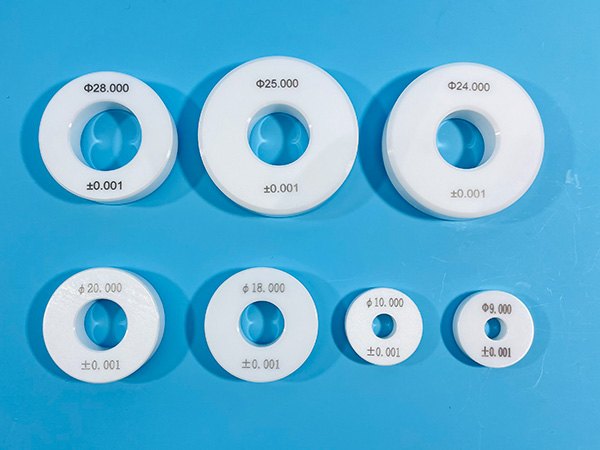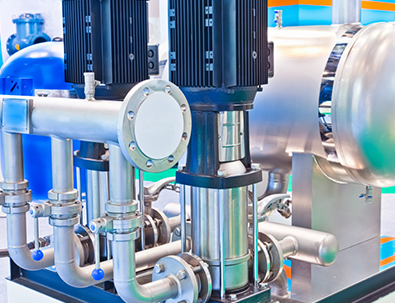In the ceramic precision workpiece method, the mechanical processing method has high efficiency, so it is widely used in industry, especially the diamond grinding, grinding and polishing is more common. Most of the other processing methods of zirconia ceramics are suitable for drilling, cutting or micro-machining. When cutting, most of the diamond grinding wheel is used for grinding and cutting, and the ultrasonic processing, grinding or grinding is carried out according to different apertures when punching.
Main problems of ceramic precision machining workpiece Although there are many methods for ceramic precision machining workpiece, the processing cost is high, the processing efficiency is low, and the processing accuracy is poor. One of the main reasons for this is the very high hardness of ceramics. The unburned or roasted zirconia ceramics are roughed by cutting and finished by grinding after sintering.

According to the different conditions of zirconia ceramics, it can also be directly grinding the sintered body without processing to achieve the design accuracy. In terms of processing, zirconia ceramics are almost similar to metal parts, but the processing margin of zirconia ceramics is much larger. When roughing unburned or roasted ceramics, it is easy to have insufficient strength or surface machining defects, or because of insufficient clamping and other reasons, it can not obtain the final processing shape required. Since the shrinkage can not be maintained evenly during sintering, the size should not be too close to the final size during roughing, so the remaining margin for finishing is large. For metal processing, the finishing allowance, such as taking into account the black skin produced by thermal deformation and heat treatment, should be left as few millimeters as possible. For ceramic processing, the finishing allowance needs to be a few millimeters or even more than ten millimeters. The processing allowance is large, the productivity decreases, and the production cost increases.
Another problem of ceramic precision machining workpiece is the cost of machining tools. Large cutting processes need to use high-priced sintered diamond and CBN tools, and finishing is also based on diamond grinding wheels, so the cost of cutting tools is tens of times to hundreds of times higher than the tools used in metal cutting. The strength of zirconia ceramics is sensitive to the processing conditions, and it is difficult to achieve high efficiency processing, so the processing cost of zirconia ceramics is much higher than that of ordinary materials.
























